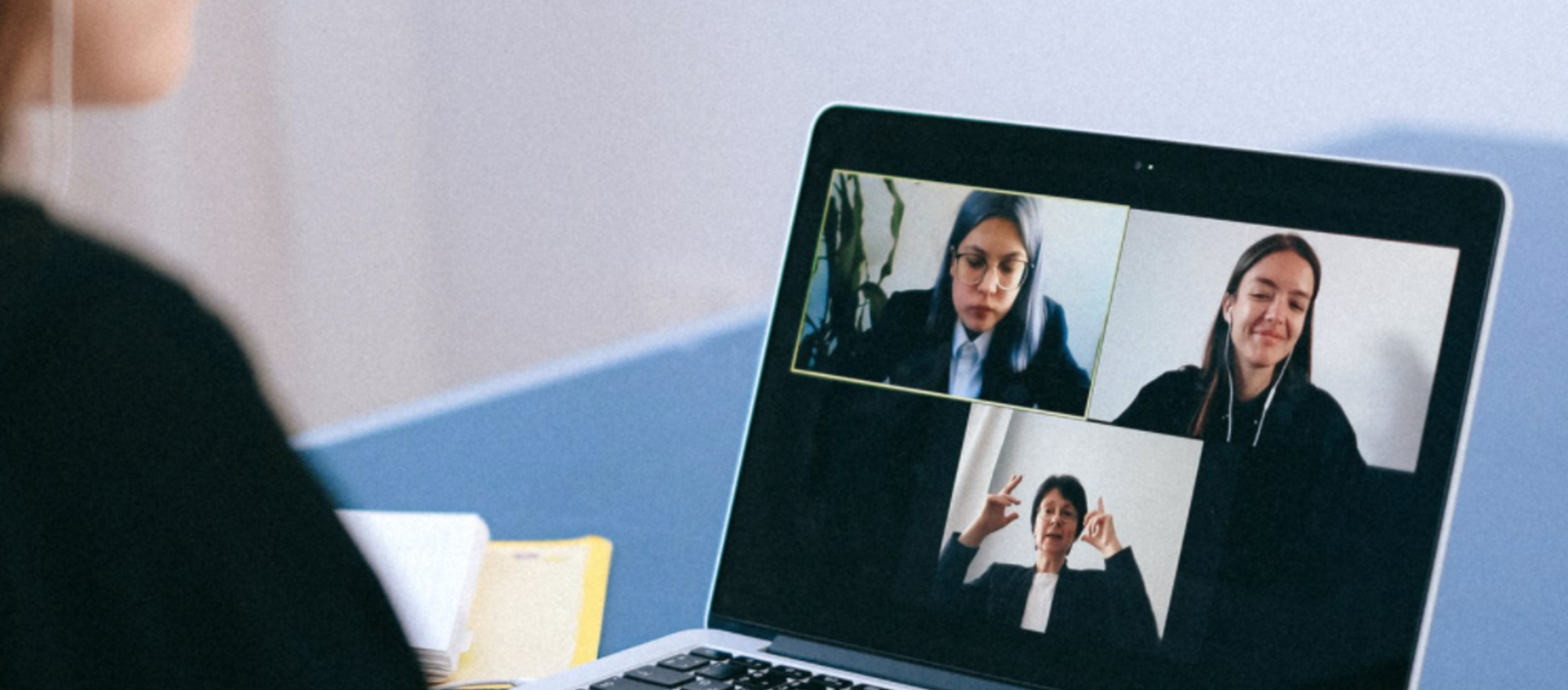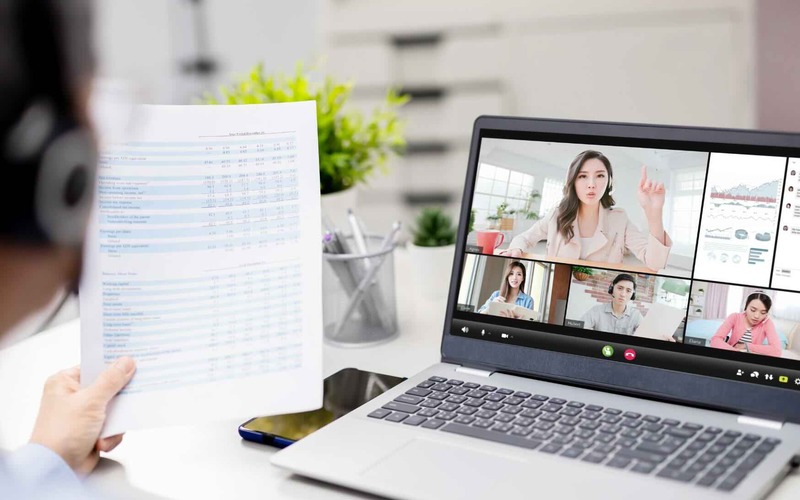Effective meetings in Corona time
| Meetings

Many people have a love-hate relationship with meetings. On the one hand we all have the need to be informed, to stay informed or to participate in decisions. But on the other hand, we are immensely annoyed by unprofessionalism and the way meetings are often organized.
Who has ever secretly looked on their smartphone during a meeting? Or turned his eyes, because of a lack of structure?
Expert Franky Van Hoecke puts it like this:
"Few organizations realize it, but meetings are quite an expensive formula. Calculate what it costs to keep 10 people 2 hours from their other work, without a final result or a solution. No wonder employees get frustrated.
As a manager you have 2 options. Either you take a more professional approach to (online) meetings. Or you can give your employees 2 hours extra vacation.
Here are some tips to take into account.
1. Set a clear goal
Always indicate the purpose of the meeting in advance, in the invitation. Is it your intention to give info or get info? Are we looking for a solution to a concrete problem? By being clear and precise, we are one step ahead from the beginning.
2. Invest in chairpersons
The chairman should not always be the highest in rank. We still think too much in hierarchical terms: the boss invites and chairs the meeting. I see a lot of good intentions in organizations, but in the end most meetings are no more than a reflection of the existing balance of power. The vision of the highest in rank is pushed through. Ready.
Except for a purely informative meeting, it is not interesting to choose the chairman in circles of the most interested party. As a company, it is better to invest in extensive training in meeting techniques for a few employees. They know the ropes of the whip, keep everyone actively involved (including the silent ones) and ensure a transparent structure. This way of working has guaranteed that meetings will run more smoothly and efficiently.
3. Throw in some creativity
Dare to bring variation to your meetings. You don't always need an external moderator to make use of break-out rooms, post-its or for example De Bono's thinking hat method.
If you immerse yourself a bit in the different creative techniques, you will undoubtedly succeed in achieving beautiful results. Also be sure to increase the fun factor.
4. Evaluate
After each meeting, you should ideally reserve a few minutes to check whether you have stuck to your original starting point. Also check as chairman whether you have exceeded your time limit. Be (also as a participant) critical of yourself: what could have been better? What went smoothly?
Evaluate to improve. And so we slowly but surely evolve into an ideal world, with efficient meetings.





